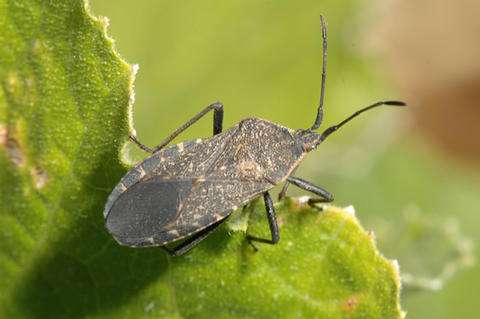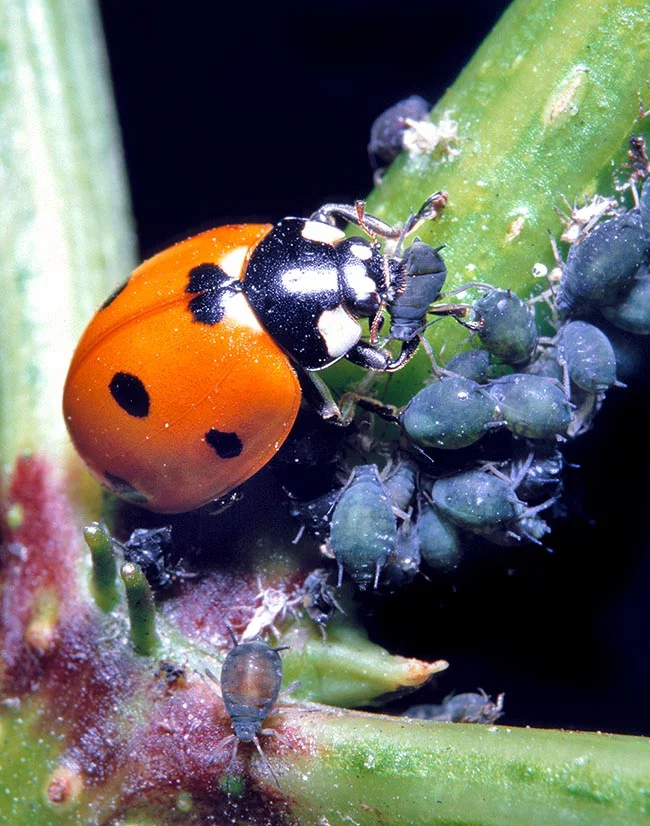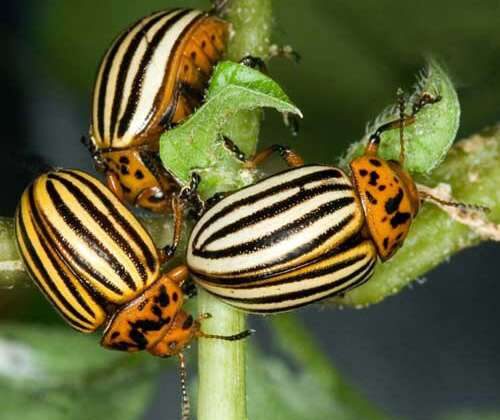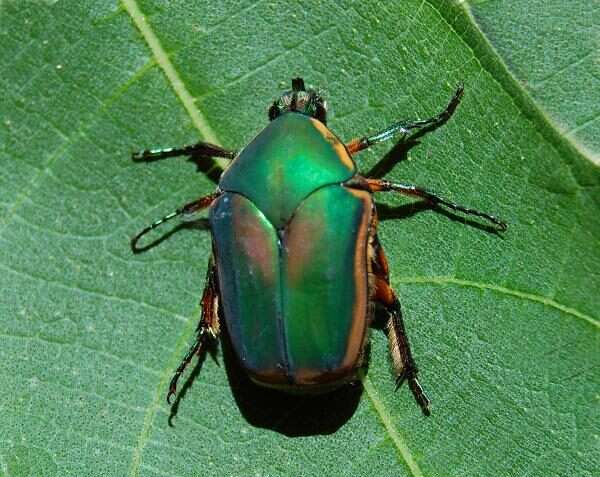
An insect species in the Coreidae family is called Anasa tristis. In North America, it is a significant pest of pumpkins and squash and carries the bacteria that causes cucurbit yellow vine disease. When disturbed, these insects may release an offensive stench. Although several other species also go by this name, it is most frequently referred to as the squash bug.
Appearance
- The adult of this beetle is a somewhat flattened insect having a grayish-brown hue that is about 1.5 cm (0.6 in) long and 0.75 cm (0.3 in) wide (0.3 in).
- There is frequently a row of spots along the edge of the abdomen alternating between brown and gold.

Lifespan
Adults have a three- to four-month life span.
Location of Squash Beetles
- They often appear in the middle of the summer, when they mate and lay their eggs. These eggs are laid beneath leaves, frequently close to their food supply.
- The immature larvae climb up cucurbit plants and consume them from the ground up. It often won’t stop fruit production, though.
- The majority of these beetles are found in North American gardens, mainly in the eastern United States.
What Consume Squash Beetles?
Because they select their habitat close to their preferred food source—plants in the squash family—squash lady beetles are rather simple to find. Summer squash, cucumbers, and zucchini are a few of their favorite foods, but they also prey on bean and pea plants. A typical community garden is where they can receive these nutrients the quickest.
These insects occasionally eat vines and foliage as well. Their saliva contains a bacterium that these particular plants are unable to tolerate, making it extremely harmful to any garden. They are destroyed, which causes a condition known as cucurbit yellow vine disease. The plant’s vascular system will turn yellow, the leaves will curl, and the root will eventually decompose.
Are squash beetles dangerous?
Although these insects provide no direct threat to people, the plant poisons in their saliva can kill the squash and pumpkins they inhabit. They carry the bacteria that cause cucurbit yellow vine disease.
Life Cycle
The adult female lays about eighteen eggs within two or three batches in the southern portion of its territory, but only one batch in the northern portion. The eggs are laid on the underside of the plant host leaves and are oval, somewhat flattened, and bronze in color. They may be closely grouped or more widely distributed, but they are frequently arranged in a predictable way. After 7-9 days, the eggs hatch into nymphs with five instar stages. Nymphs in their first instar measure 2.5 mm (0.1 in) in length and are green in color. Each subsequent instar grows bigger and develops less gray and hair. The fifth instar measures 10 mm (0.4 in) in length, is gray, and has growing wing pads. For around 33 days, the nymphal stage is complete.
As Pet
They are not thought of as pets.
Table





